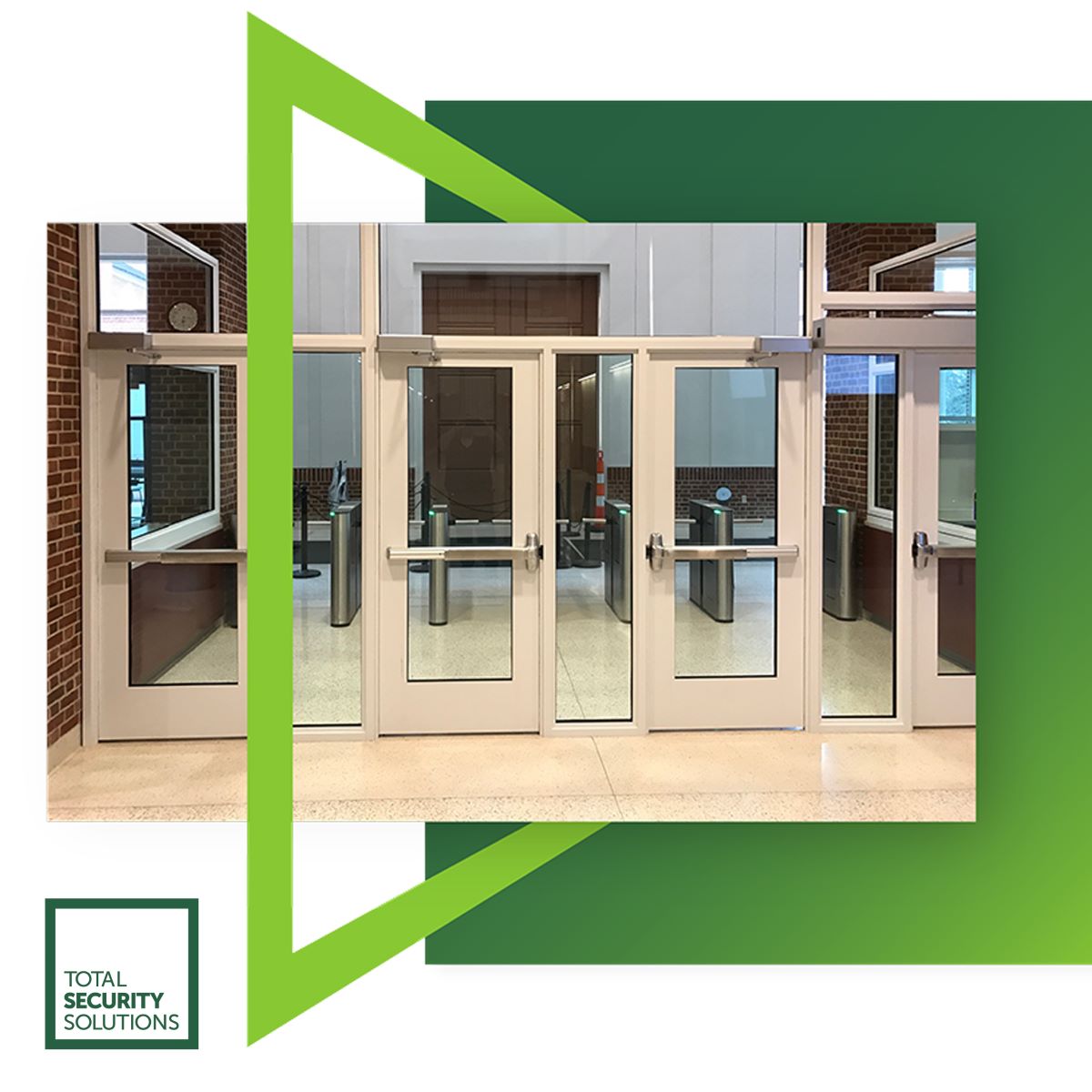Innovations In Ballistic Security
The Re-emergance of All-Glass Bullet-Resistant Glass

 As security threats continue to evolve, so must the materials that protect our built environments.
As security threats continue to evolve, so must the materials that protect our built environments.
Between 2020 and 2024, the FBI recorded 556 active shooter incidents in the United States, including 24 in 2024 alone, according to its most recently published report.
When you look at the broader definition of workplace violence, the numbers are even higher, and 83% of fatal incidents involved gunshot wounds, according to the Bureau of Labor Statistics’ latest data.
These trends have shifted the expectations for architectural glass. It’s no longer enough for glass to be clear and strong—it must also provide ballistic resistance and protection from forced entry.
A Brief History of Bullet-Resistant Glass
Historically, the glass industry’s response to these threats has been to engineer increasingly robust glazing systems.
Tempered glass came first, nearly 300 years after the discovery of “Prince Rupert’s Drop” in 1661.
This was followed by laminated glass, discovered accidentally by a chemist who noticed his glass beaker coated in cellulose nitrate did not shatter.
The search for a lighter alternative led to the development of polycarbonate in the 1950s and eventually, the first patent for bullet-resistant glass in 1982.
Over time, glass-clad polycarbonate (GCP) emerged as an industry standard solution, balancing the clarity of glass with the strength and elasticity of plastic.
GCP remains a popular choice because it can be tailored to various protection levels, including up to UL 752 Level 8, stopping multiple shots from high-powered rifles.
Why Architects Are Exploring GCP Alternatives
While glass-clad polycarbonate has long been the standard for projects that require physical security, from secure entryways and guardshacks to transaction windows and curtain walls, there is growing demand for all-glass ballistic glazing.
Glass-clad polycarbonate can be vulnerable to UV degradation, spalling, and delamination over time—particularly around exposed edges.
The material also tends to be thicker, heavier and more costly.
For a simple Level 1 system that protects a building entrance, the cost can start upwards of $20,000 or more, not including installation, depending on the types of materials.
Thanks to advances in lamination and interlayer technology, manufacturers are introducing thinner glass panels tested to Level 3, meaning they can stop up to three shots from a .44 Magnum. When tested to ASTM F1233—a standard for forced-entry resistance—these all-glass systems also offer excellent durability against physical attacks, such as repeated blows with blunt objects.
Such innovation is reshaping how we think about ballistic protection for lower-risk environments.
Corporate offices, schools, retail outlets, and government buildings that require defense against handgun threats may soon consider glazing that is not only protective but also thinner and lighter weight. These all-glass options offer improved optical clarity and eliminate some of the long-term maintenance issues associated with plastics.
However, glazing is only one part of the system.
To meet UL 752 and ASTM F1233 standards, these glass units should be integrated into appropriately rated framing systems. Without a secure frame, even the most advanced ballistic glass is of no use if a bullet passes through the framing.
Safety + Aesthetics™: The Future of Building Design
At Total Security Solutions, we’ve been at the forefront of designing and manufacturing custom bullet-resistant barrier systems for more than 20 years. When these materials were bulky and unattractive, our team of engineers and partners spent years perfecting solutions that allowed architects and building owners to create safer spaces without compromising aesthetics.
We work very closely with our clients to identify the best solution for their building and threat level. Because of that, we’ve heard their desire for all-glass windows, doors and more, and we look forward to introducing all-glass solutions tested to Level 3.
The implications of this trend are substantial.
For property owners and facility managers, all-glass ballistic glazing may offer a more accessible, affordable way to implement protective barriers.
It simplifies installation logistics, reduces structural load, and makes maintenance easier.
These panels are less susceptible to scratching, yellowing, or crazing—possible issues with polycarbonate layers. They deliver critical ballistic performance while preserving the open design and natural light architects and their clients strive to achieve.
When paired with tested frames and part of a thoughtfully engineered system, these products represent a promising new frontier in architectural protection.
Learn more
If you’re considering your options for bulletproof glass, contact us to discuss how we can help you provide the right level of protection and ensure a seamless installation.




